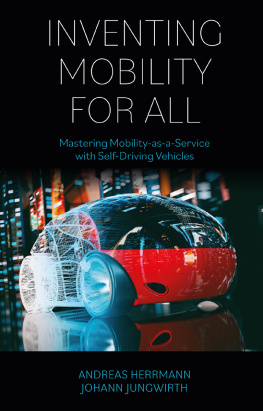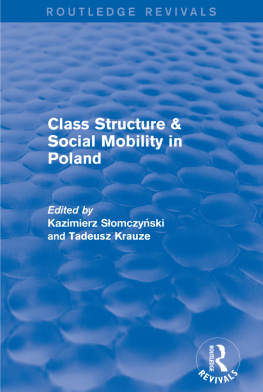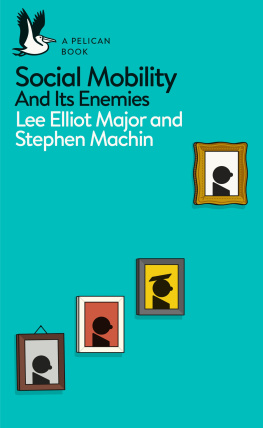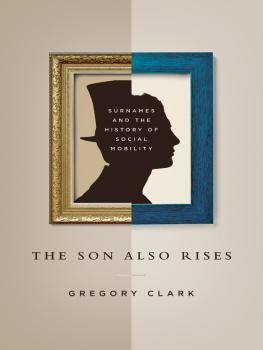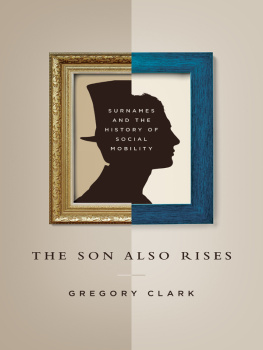S ERIES C ONTENTS
1. URBANIZATION AND THE GROWTH OF CITIES
2. THE PHYSICAL CITY: PUBLIC SPACE AND THE INFRASTRUCTURE
3. POLITICS AND GOVERNMENT
4. THE ECONOMY
5. THE WORKING CLASS AND ITS CULTURE
6. TRANSPORTATION AND COMMUNICATION
7. SOCIAL STRUCTURE AND SOCIAL MOBILITY
8. INSTITUTIONAL LIFE: FAMILY, SCHOOLS, RACE, AND RELIGION
First published by Garland Publishing, Inc.
This edition published 2012 by Routledge:
Routledge
Taylor & Francis Group
711 Third Avenue
New York, NY 10017
Routledge
Taylor & Francis Group
2 Park Square, Milton Park
Abingdon, Oxon OX14 4RN
Introductions copyright 1996 Neil Larry Shumsky
All rights reserved
Library of Congress Cataloging-in-Publication Data
American cities: a collection of essays / series editor, Neil Larry
Shumsky.
p. cm.
Includes bibliographical references.
Contents: v. 1. Urbanization and the growth of cities v. 2. The
physical city v. 3. Politics and government v. 4. The economy
v. 5. The working class and its culture v. 6. Transportation
and communication v. 7. Social structure and social mobility
v. 8. Institutional life.
ISBN 0-8153-2192-9 (v. 7: alk. paper)
1. Cities and townsUnited States. I. Shumsky, Neil L., 1944
HT123.A6615 1996
307.760973dc20 95-36145
CIP
9780815322030 SET ISBN
9780415628396 POD ISBN
9780815321866 Vol 1
9780815321873 Vol 2
9780815321880 Vol 3
9780815321897 Vol 4
9780815321903 Vol 5
9780815321910 Vol 6
9780815321927 Vol 7
9780815321934 Vol 8
This collection brings together more than 200 scholarly articles pertaining to the history and development of urban life in the United States during the past two centuries. Less than 100 years ago, the Census Bureau revealed that more than half of all Americans live in urban places; barely fifty years ago, historians began to view cities as distinct places worth studying in their own right, and within the past ten years, these earlier developments were supported by the establishment of the Urban History Association.
Urbanizations rapid occurence during the nineteenth century and its brief period of historical study have led to diverse literature about American cities and their history appearing in a wide variety of publications. Because cities are frequently treated as part of states, articles have appeared in state historical journals. Sometimes, an article has covered a discrete institution and appeared in a journal pertaining only to that institution, for example, the family or the church. At still other times, authors have not consciously stressed the urban aspect of a particular subject, so their work has been published in journals that do not receive widespread attention from urbanists.
This series alleviates some of the problem of locating the varied literature by bringing together articles from journals of all types, organizing them, and making them available together for the first time. The articles in this collection emphasize citiestheir growth, politics, economy, and so onand, until now, many of them were accessible only to those members of a particular field who read the specialized journals of that field, whether it be the South, the Progressive Era, labor, or others. All of this seemingly unrelated literature, however, shares a common focus: cities and urban life. The purpose of this series is to bring out that common theme so that literature is more available, the relationship between the articles more easily seen, and the understandings derived from the articles juxtaposition more thoroughly developed.
The entire collection is structured to highlight questions and problems that concern historians of cities, as well as to acknowledge distinctions among political, economic, social, cultural, and other varieties of history. Urbanization and many of its attendant processes are analyzed in the first volume, which considers not only the growth of cities but also such topics as the relationship between urbanization and the Westward movement, boosterism and urban rivalry, and company towns, concluding with a consideration of suburbs and their place in American urban culture since the middle of the nineteenth century. The physical development of cities and their infrastructure is considered in Volume 2, which focuses on city planning and its origins in the Rural Cemetery Movement, the City Beautiful Movement, and the role of business in advocating more rational and efficient urban places. Volume 2 also contains articles about essential aspects of the urban infrastructure and the provision of basic services essential for urban survivalwater, sewer, and transportation systems. The articles about municipal government contained in the third volume include discussions of how rapid urbanization in the early nineteenth century produced a chain reaction, creating first the need for new political institutions, then the rise of machine politics, and, finally, reform movements that designed, advocated, and implemented new institutional structures such as the commission and city manager forms of government. Volume 3 also includes articles that consider the nature of intergovernmental relations at the end of the twentieth century and the connections between the governments of cities and the governments of the regions surrounding themlocalities, states, and the nation.
The selections in Volume 4 of the series concern the development of the urban economy since the early nineteenth century. Three groups of articles, each arranged chronologically, deal with three basic sectors of the economytrade and commerce (especially retailing), manufacturing and industrialization, and finance. Individual articles address subjects as diverse as merchants and shopping malls, flour milling and scientific management, and the Chicago Board of Trade and redlining. Volume 5 contains articles that are closely related but which concentrate specifically on the changing nature of work in American cities during the past two centuries. While they obviously concern the development of the industrial and post-industrial economies, they also recognize that economic transformations are intimately related to cultural change and that economic and cultural change are inseparable and must be considered together. At the same time, taken as a group, the articles reveal differences in experience between black and white Americans, men and women, and native and foreign-born Americans, necessitating that each of these groups be considered separately. The selections also investigate and illuminate questions about the relationships among these different groups and the kinds of actions they have taken to achieve their goalspolitical protests, boycotts, strikes, and so on.


